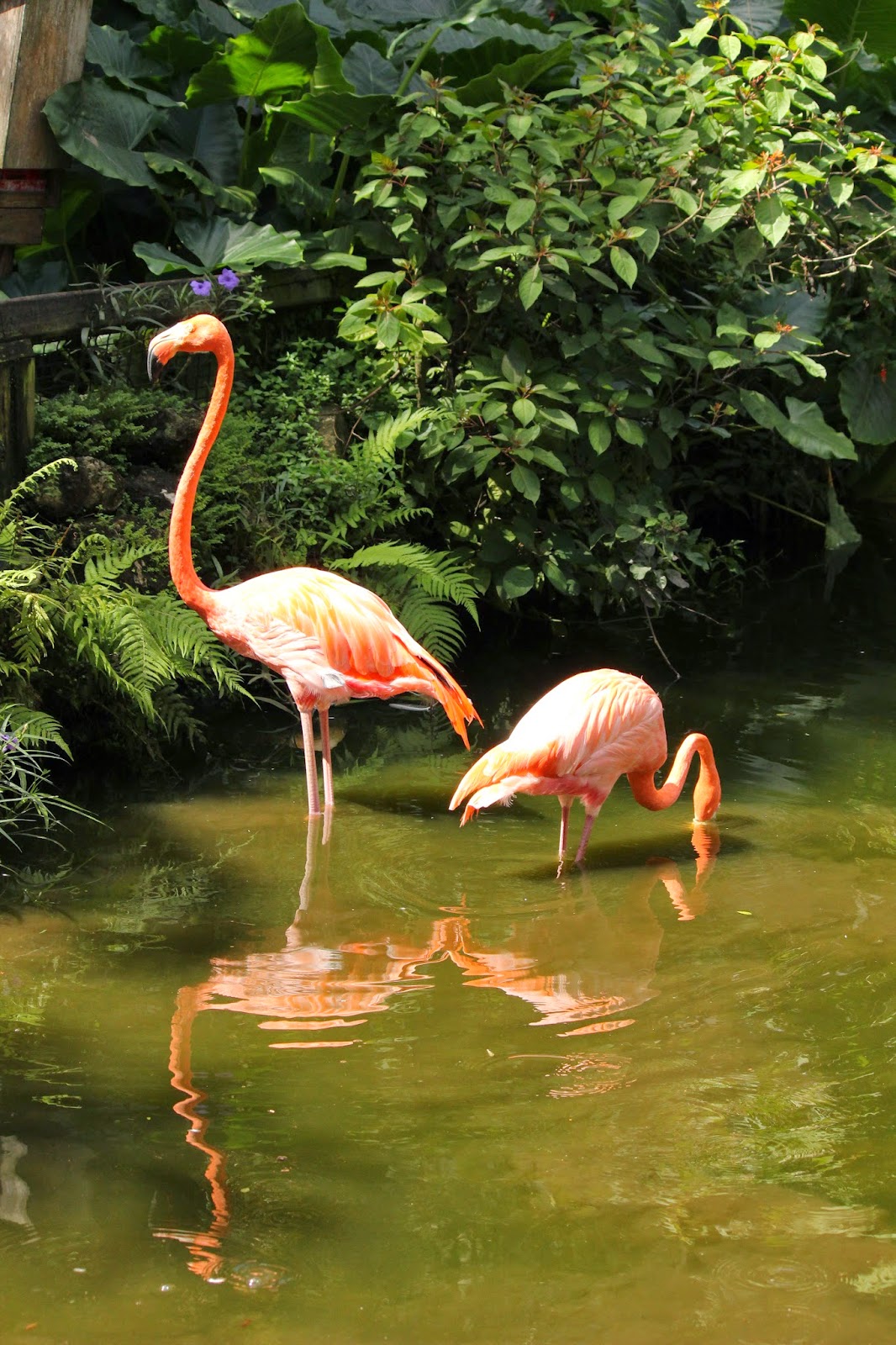Tomorrow ends a great birding year for us! Some of our 2014 highlights include; Three new flycatchers, a Scissor-Tailed near Clewiston, a Vermilion at Orlando Wetlands Park, and a Say's Phoebe near Arcadia. Warblers at Fort De Soto Park; Tennessee, Kentucky, Worm-Eating and Chestnut-Sided along with a Louisiana Waterthrush and a Northern Waterthrush in the spring, and our most recent life bird, the Magnolia Warbler in the fall. In June we spent some time with our families in upstate New York. Managing to get out a few times, we added 14 new birds, including a Hairy Woodpecker. The Hairy has become a nemesis bird (the one we just can't get) for us in Florida, but eventually, we will prevail. In all, we added 46 new birds in 2014, bringing our life list to 259 species.
Our observations are recorded into a database at Ebird.org. Ebird will keep track of your various lists; life, state, county and location lists and much more. You can check the database to see where those hard-to-find species (like the Hairy Woodpecker) have been recently spotted. You can explore a particular region or even a specific "hotspot". It makes planning your next outing simple, and hopefully productive.
We have scored over 100 species in five different counties. Sarasota County ranks #1 at 180, followed by our home county of Charlotte with 159. We also have 100 plus species in Pinellas (143), Manatee (134) and Lee (117) counties. Collier County is at 98, so we will reach a new milestone there, sometime in 2015.
We take this time to wish our families, our friends and fellow birders our heartfelt wishes for a Happy New Year. May you find good health, happiness, prosperity and abundant blessings.
Our families will be visiting us in Englewood in February and April 2015. We are looking forward to sharing the trails and the birds with them. Remember, the early bird catches the worm. Here are some of our favorite photos from 2014.....tweet.....tweet!!
Our families will be visiting us in Englewood in February and April 2015. We are looking forward to sharing the trails and the birds with them. Remember, the early bird catches the worm. Here are some of our favorite photos from 2014.....tweet.....tweet!!
 |
| TREE SWALLOWS (A pair feeding insects to their young.)
(Taken in June, near Potsdam NY)
|
 |
| HAIRY WOODPECKER (Our #1 nemesis bird in Florida.) (Taken in June, my brother's backyard, Parishville NY) |
| SWALLOW-TAILED KITE (One of over 300 flying over a melon field, hawking insects.) (Taken in July, Oxford FL) |
 |
| RED-NECKED PHALAROPE (In winter plumage, this bird stuck around for nearly two weeks.) (Taken in September, Siesta Key Beach, Sarasota FL) |
 |
| MARSH WREN (A tough bird to get a good photo of, our best shot by far.) (Taken in October, The Celery Fields, Sarasota FL) |
 |
| BURROWING OWLS (These guys are just too cute.) (Taken in July, Cape Coral FL) |
.JPG) |
| MAGNOLIA WARBLER (Male in non-breeding colors.) (Taken in October, Ft. De Soto County Park, St. Petersburg FL) |
 |
| PEREGRINE FALCON (The fastest animal on the planet, reaching speeds of 230 MPH in a dive.) (Taken in November, near the Charlotte County Airport, Punta Gorda FL) |
 |
| SCISSOR-TAILED FLYCATCHER (Our 159th Charlotte County species.) (Taken in December, near the Charlotte/Lee County Line) |
.JPG)
.JPG)

%2B(2).JPG)
.JPG)
%2B(2).JPG)

.JPG)




















.JPG)
.JPG)

.JPG)














